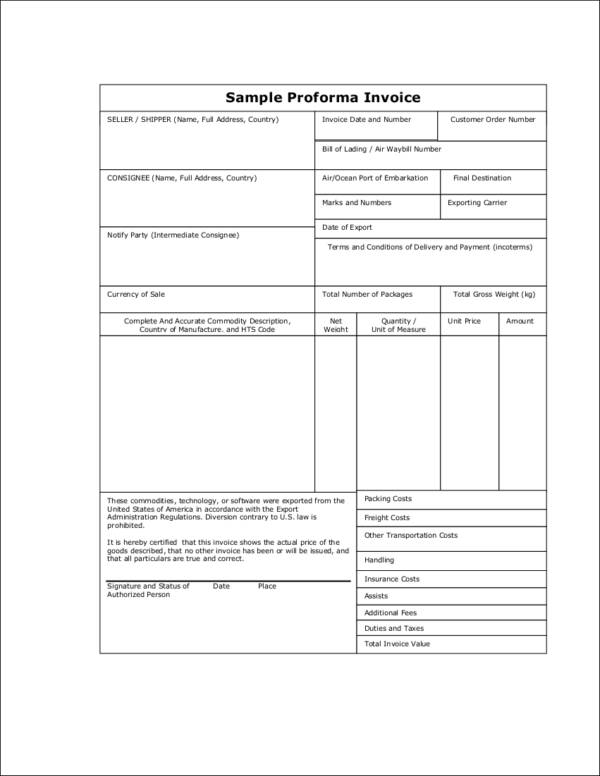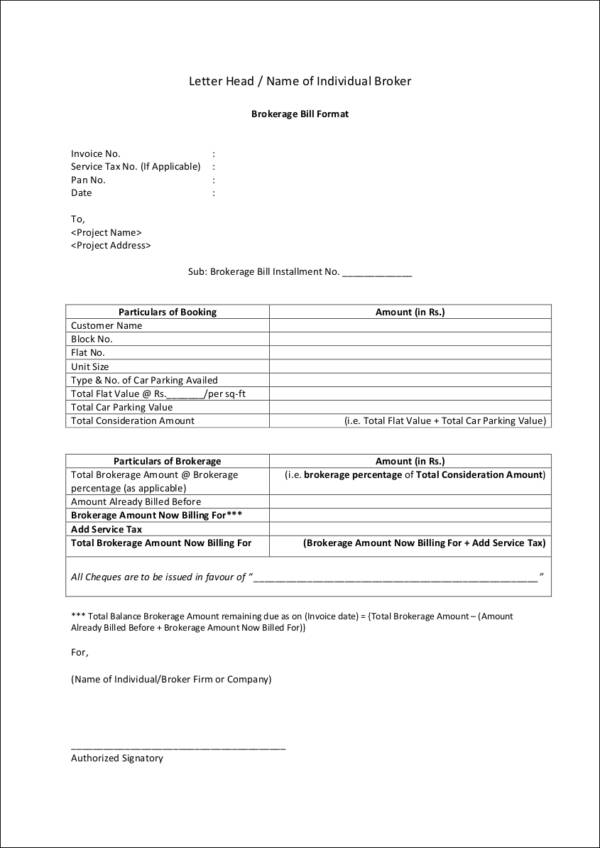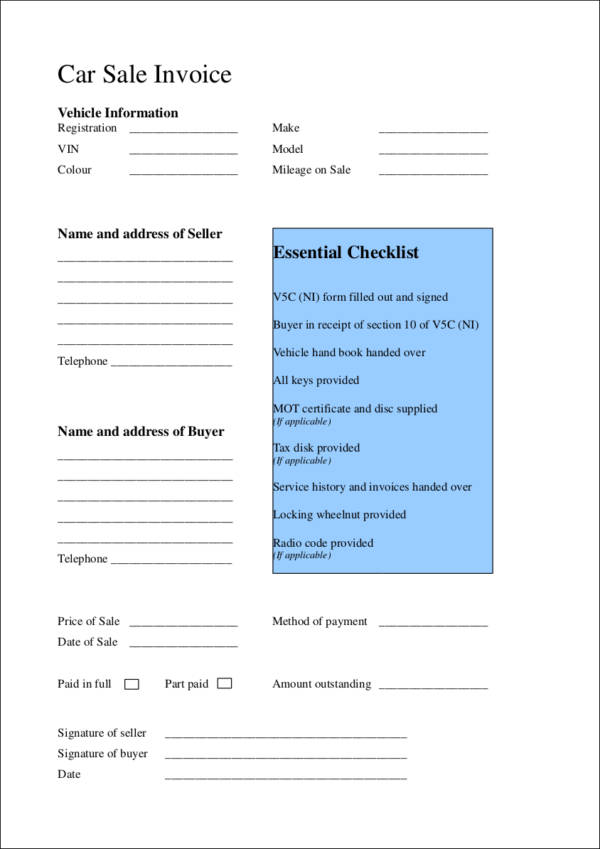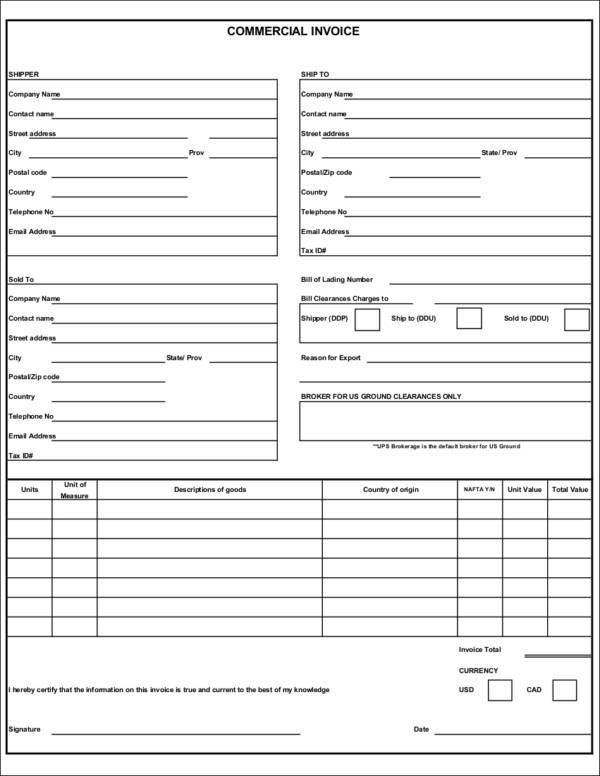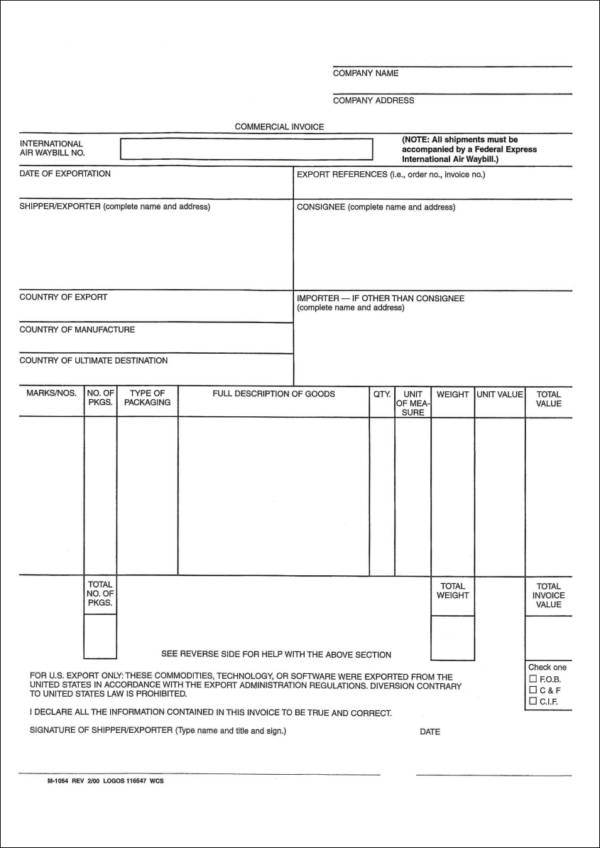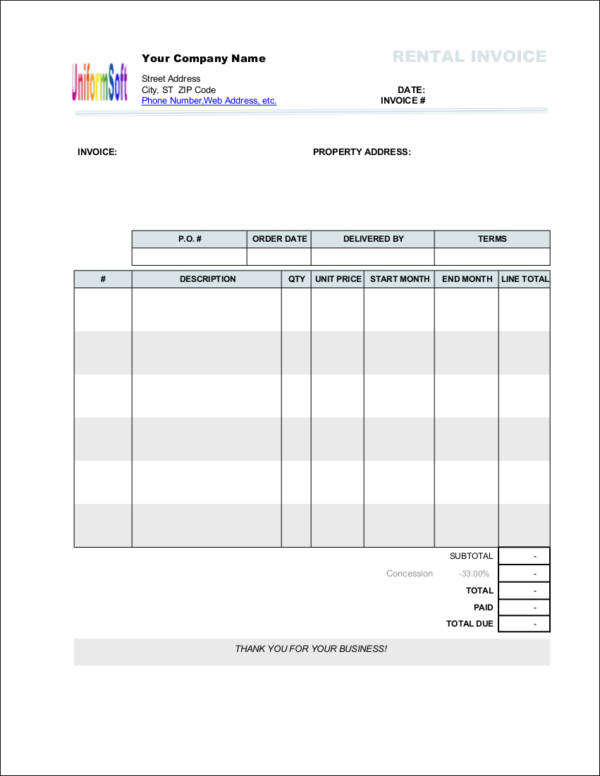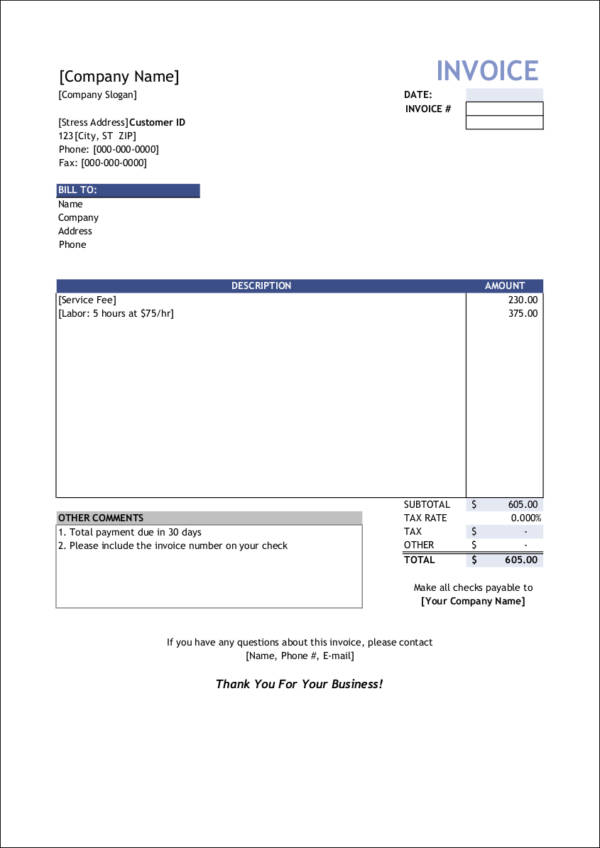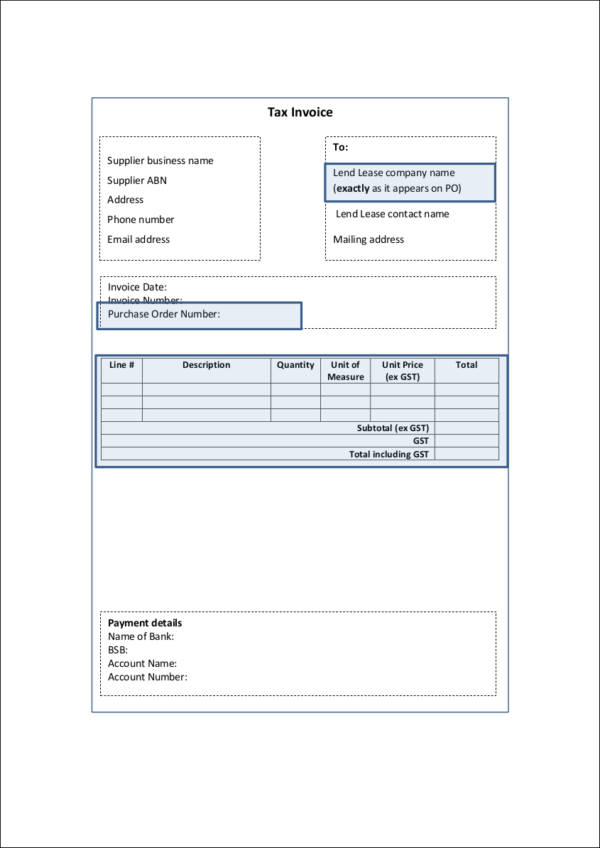In every business, documentation is an important process in order to have a record on all of the transactions that happen on a daily basis. It is also essential in running the business to ensure that every single transaction is accounted for. There are many types of documents that are used in the business. One example of an important document is an invoice. An invoice is either a written or printed document that is used to list down all the products or services that the business has rendered to the client.
The main purpose of an invoice is for the business to request for the amount that the buyer is required to pay for the items that he/she has purchased. Aside from that, an invoice is also an essential document that is used to list down a client or customer’s purchase orders. That’s why an invoice is important in every transaction. Although there are different types of invoices, all of these documents basically have the same function but are used for various purposes. To understand the difference between a pro forma invoice and a commercial invoice, you can read more information about it below. On the other hand, if you need to create a commercial invoice or a pro forma invoice, or any type of invoice, we have various samples and templates of invoices available for download on this page.
Sample Proforma Invoice
Brokerage Invoice Sample
Car Sale Invoice Template
What Is an Invoice?
As mentioned above, an invoice is a bill or a document that is used to contain the purchases and transactions of the products and services that a particular business is offering. Other than the list of products and services, an invoice also contains the important details of the seller and the buyer, as well as terms of payment, and other important information regarding the transaction. An invoice indicates the number of days until the client is required to pay. Whether you own a small business, a big corporation, or you do freelance work, it is important that you provide one to ensure that you get paid on time and with the right amount. In addition, there are invoice templates available on this page to help you start in creating one.
Steps on How to Create an Effective Invoice for Your Business
Getting paid for the services and products that you have is important in order to keep the business running and maintain the cash flow of the business. To help you create an effective invoice, it is necessary that you learn the steps on how to create one. The essential steps for an effective invoice are as follows:
- First, you can create your own outline depending on how you want your invoice to look. You can also download from the sample service invoice, lawn care invoice, printing invoice, and sales invoice templates that are available for download should you need to create that type specifically.
- Now that you have a template, create a header by writing the title indicating the type of invoice that you are creating.
- Write the name of the business, address, contact information, and email address. You can also add your business or company’s logo to give it a personalized look.
- Aside from the business’ details, write the name of the client or recipient of the products and services that have been purchased. This includes the name of the client, their address, and contact information.
- Write the date when a particular invoice is issued and assign an invoice number to every document that you will create. This will allow you to keep track of the status of the invoice, whether the items have already been processed, delivered, etc.
- In the invoice, write the payment terms and details such as the terms on how you accept payment whether it is through credit card, cash, or check.
- List down all the items that the client has purchased from the business. Include the type of service or product, the date, quantity, rate per hour or per item, and the subtotal for each product.
- Calculate the total amount by adding the subtotal, tax charges, handling fee, delivery fee, and other additional charges added to the order.
- Specify when the invoice is due.
Sample Commercial Invoice
Shipping Commercial Invoice Template
Rental Invoice Template
Sample Service Invoice Template
Tax Invoice Template
What Is the Difference between a Pro Forma Invoice and a Commercial Invoice?
A pro forma invoice and a commercial invoice are two types of invoices that are commonly used by businesses. Although these documents have the same contents, both have various differences. The difference between a pro forma invoice and a commercial invoice are as follows:
- A pro forma invoice contains information on the goods and items that a particular business is going to deliver to a client, while a commercial invoice is sent to the client after the items have been delivered to the client.
- In exporting and importing, a pro forma invoice contains enough information for the purpose of examination by customs officials. A commercial invoice, on the other hand, includes detailed information such as the quantity, value, country of origin, currency being used, etc.
- A pro forma invoice also serves as a quotation that is sent by the exporter of the products and goods but does not necessarily mean that these items will be purchased by the client. A commercial invoice serves as an accompanying document for any shipment and is used as a reference by a customs official.
Tips for Writing an Invoice
Here are some tips to help you create your invoice:
- When creating an invoice, ensure that all the information written in the document can be easily read by its viewers.
- Clearly specify the payment terms to avoid any misunderstanding.
- Always remember to send out an invoice after the products and goods have been delivered to the client or customer.
- Check all the information written in the invoice to assure that there are no errors.
- Always charge the client or customer for late payments in order to encourage them to pay at an earlier time.
- Remember to offer flexible payment options that the client can choose to pay.
- Use a well-crafted template or outline when creating an invoice to ensure that you have the right format.
- Do a follow-up on your invoices to ensure that the right person has received the document.
You can download from our well-made invoice samples and templates to guide you when creating an invoice for your business. Choose from the various invoices that we have on this site.
Related Posts
FREE 10+ Conference Invoice Samples in PDF
FREE 10+ Consultant Invoice Samples in PDF
FREE 10+ Sample Invoice for Consulting Services in PDF
FREE 9+ Sports Invoice Samples in MS Word | MS Excel | Google Docs | Google Sheets | PDF
FREE 3+ Cake Invoice Samples [Wedding, Birthday, Order]
FREE 5+ Accounting Service Invoice Samples in MS Word | MS Excel | Google Docs | Google Sheets | PDF
FREE 10+ Payment Invoice Samples in MS Word | MS Excel | Google Docs | Google Sheets | PDF
FREE 9+ Agriculture Invoice Samples in MS Word | MS Excel | Google Docs | Google Sheets | PDF
FREE 10+ Work Invoice Samples in MS Word | Google Docs | Google Sheets | MS Excel | PDF
FREE 10+ Professional Invoice Samples in MS Word | Google Docs | Google Sheets | MS Excel | PDF
FREE 10+ Cleaning Invoice Samples in MS Word | Google Docs | Google Sheets | MS Excel | PDF
FREE 6+ Massage Invoice Samples in MS Word | MS Excel | Google Docs | Google Sheets | PDF
FREE 10+ Work Order Invoice Samples in MS Word | MS Excel | Google Docs | Google Sheets | PDF
FREE 5+ Legal Service Invoice Samples in MS Word | MS Excel | Google Docs | Google Sheets | PDF
FREE 10+ Hourly Invoice Samples in PDF | MS Word | Google Docs | Google Sheets | Excel

